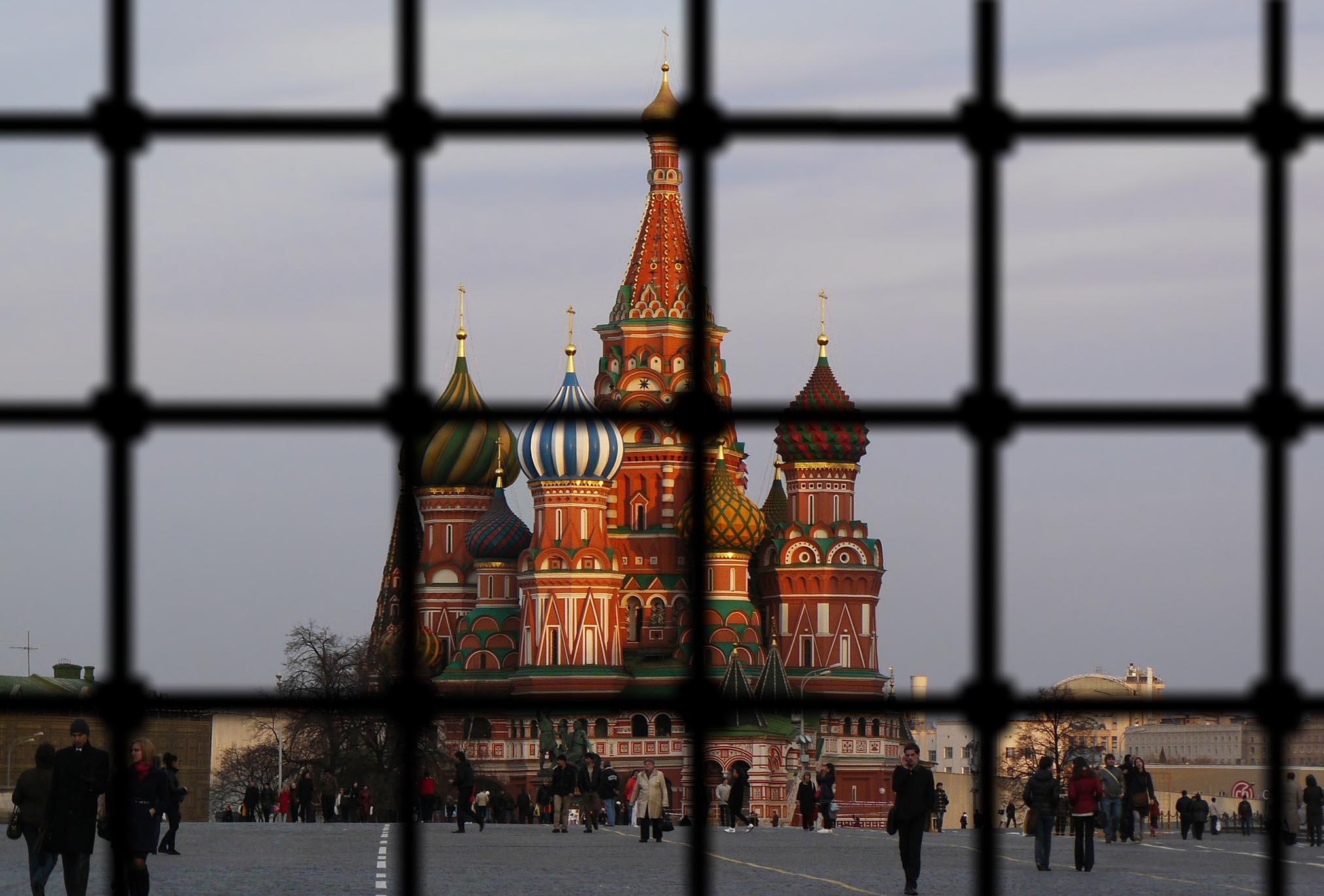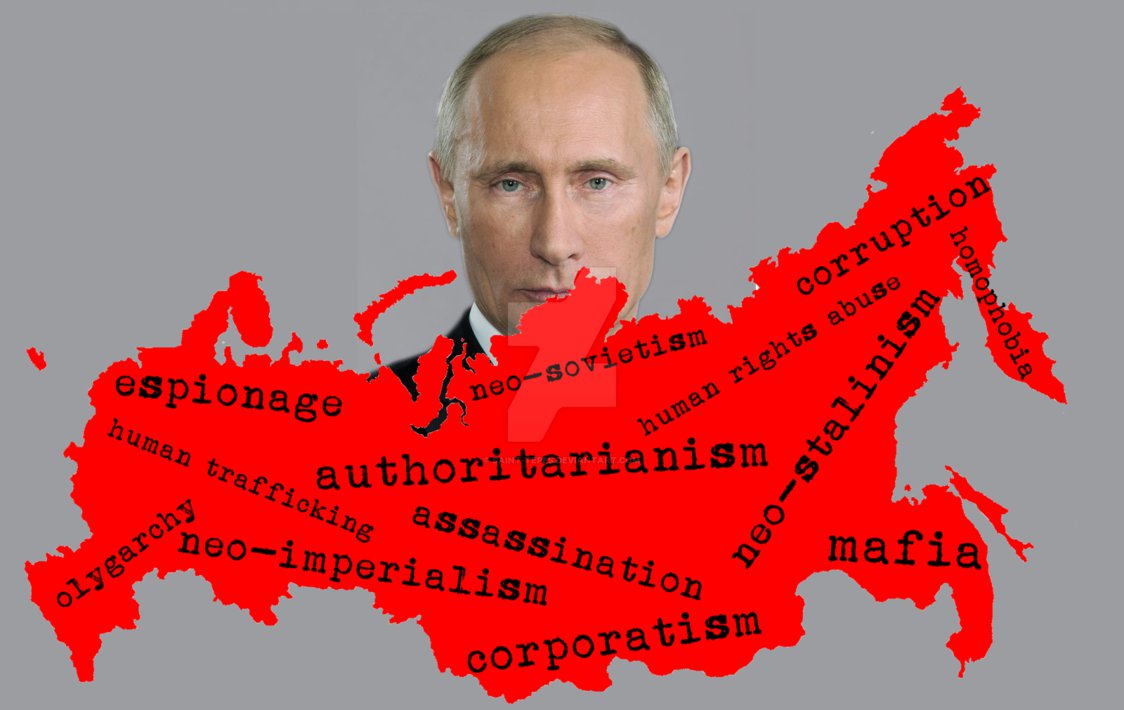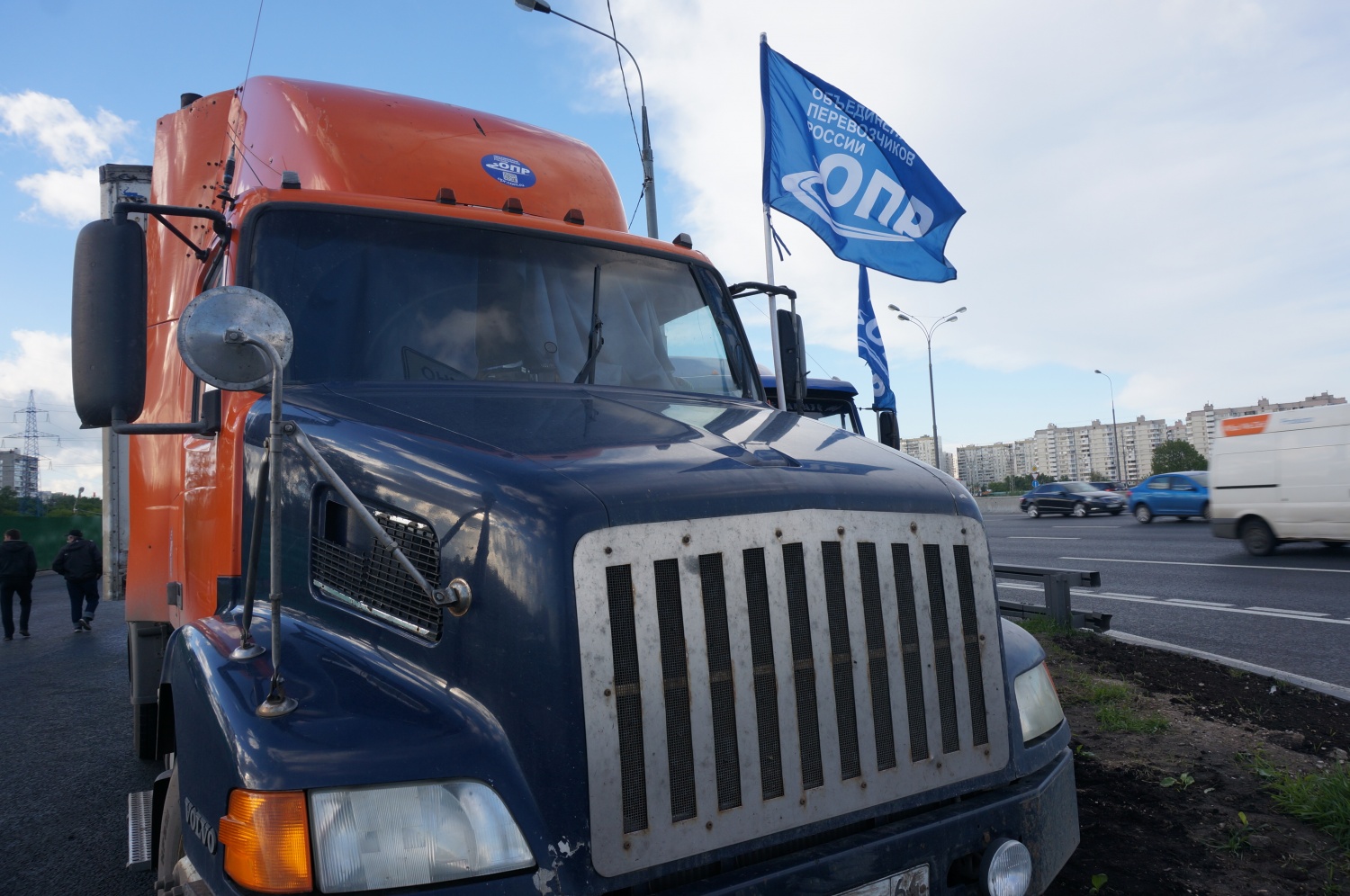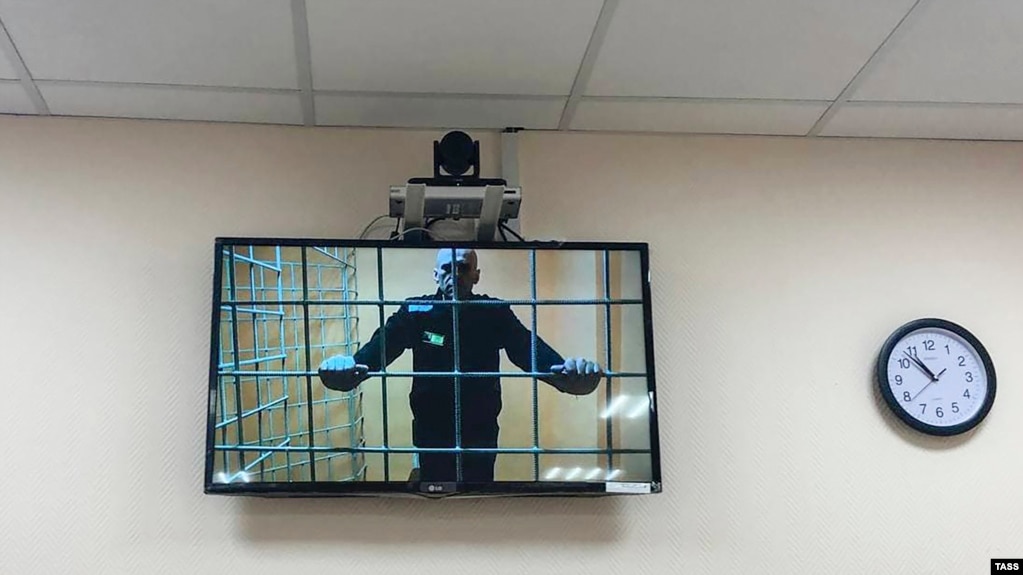Had there not been massive falsification of the vote in the Russian Duma elections, Putin's United Russia party would have won only 31 to 33 percent of the vote, not the nearly 50 percent the election commission reported, and would have lost to the Communist Party of the Russian Federation (KPRF) in many places but whose percentage of the vote was lowered by official actions, Sergey Shpilkin says.
The independent analyst says
that “more than 13 million” of the votes counted for United Russia are problematic, the result of various machinations by the authorities. That is almost half of the total vote for United Russia and suggests that in reality it won far less.
According to the analyst, one of the features of Russian elections is that no two in a row are carried out with the same set of rules. This time around, there were four major shifts – greater restrictions on who could run, voting over three days rather than one, introduction and massive use of electronic voting, and the regime’s harsh response to Navalny’s promotion of “smart voting.”
Each of these opened new possibilities for fraud, and the Central Election Commission made it easier by removing many of the monitoring cameras that election watchers had relied on to ensure that officials didn’t stuff the ballot boxes or remove and destroy votes that Russians had actually cast.
The authorities used electronic voting as their avenue of choice to cast votes for their preferred candidates and parties. If this had not happened, United Russia would have received 33 percent, not 50; KPRF
, 25 percent instead of 19; and LDNR and Just Russia – for Truth, ten percent each instead of 7.5 percent.”
The “New People” party would have gotten seven percent rather than five percent, but none of the other parties would have cracked the five-percent barrier. But what is clear, the more people who were identified as voting online, the more support United Russia got – in fact, some 8.5 million more, a statistically improbable outcome.
Outside of Moscow, this election resembled its predecessors in the sense that there were some regions with little or no falsification, many with some falsification and a few with massive levels of voter fraud. Again, that too played into the hands of United Russia
rather than anyone else.
Such massive falsification not only underscores how unpopular the ruling party is but means that it is absolutely impossible for the rulers to have an accurate picture of what people really think. There is no true data set that the rulers have and don’t release. They rely on what they do – and so they have no idea what the people really want.
Read More:
- Russian elections in Ukraine’s Donbas: Annexing people before annexing territory
- Weak response to Russian Duma elections in Ukraine, Moldova and Georgia
- Kremlin’s panic over “smart voting” ends any prospect election will be viewed as legitimate, Pastukhov says
- Russia shuttles residents of occupied Donbas to vote in Duma elections amid accelerated passportization
- The Russian elections and hidden regionalist politics
- Obey the Kremlin or pay up: why the EU’s heating bills will skyrocket this winter
- US House of Representatives may have just killed Nord Stream 2
- Hundreds of victims of war criminals in Russian-occupied Donbas await justice. Here is what can help them
- Here is how the US can truly help Ukraine move forward
- Ukraine’s security service busts Russian bot farm that undermined COVID-19 vaccination program
- Black is white, freedom is slavery, and Stalin’s invasion of Poland was ‘a liberation campaign,’ Russian Foreign Ministry says
- Kyiv airing disappointment with Western policies





